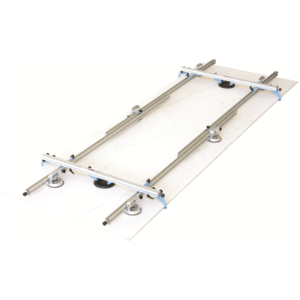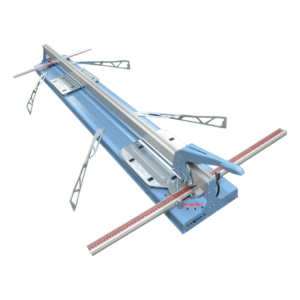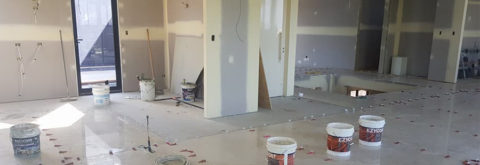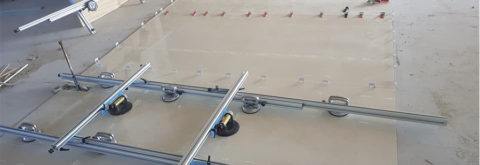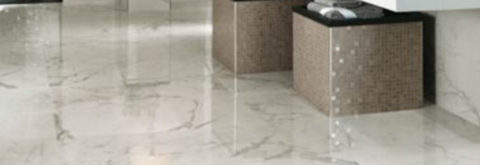Apd Flooring is leader in tiling large format tiles and big slabs tiles in the South Queesland area.
Apd flooring use cutting edge technology and state of art equipment to guarantee your satisfaction.
Slab tiles are not like normal ceramic or porcelain tiles due to their size, and require very specific handling techniques.
INSTRUCTIONS FOR INSTALLING LARGE FORMAT CERAMIC TILES from our experiences:
- VERIFYING THE TYPE AND CONDITION OF THE SUBSTRATE
The suitability of a substrate for this type of installation must be checked beforehand. As specified by current standards substrates must always be:
-Sound with no cracks
-Cured and dimensionally stable
-Clean and free of loose parts
-Perfectly flat (recommended tolerance ± 3 mm)
- CHOOSING THE RIGHT ADHESIVE
-Choosing the right adhesive is fundamental to ensure a durable, sound bond over the years and depends on the type of substrate, the type and format (dimensions and thickness) of the tiles, the area of use and the surrounding conditions.
- HANDLING LARGE FORMAT TILES AND CUTTING AND MAKING HOLES
-To facilitate handling the tiles, it is recommended to carry and install them with runners and frames with suction cups to keep them more rigid and limit any twisting or bending.
-Use a dry or wet diamond cutter to make round holes. Place the tile on the work surface and mark the position where the hole is to made.
- INSTALLATION TECHNIQUE
-To spread the adhesive on the substrate use a spreader with sloping notches (with a pitch of at least 10 mm) to get better distribution of the adhesive.
-To spread the adhesive on the back of the tiles, on the other hand, use a spreader with smaller notches (square notches of at least 3-4 mm) so that almost 100% of the surface is wetted with adhesive.
- GROUTING LARGE FORMAT CERAMIC TILES
The grout line between each tile must be at least 2 mm wide and must be increased according to the size and type of the tiles, the area of use (floor or wall tiles, internal or external) and the stresses expected when in service.
- SEALING JOINTS
The width of the joint is determined according to the thickness and size of the tiles, the characteristics of the substrate, the area of use and the loads present
